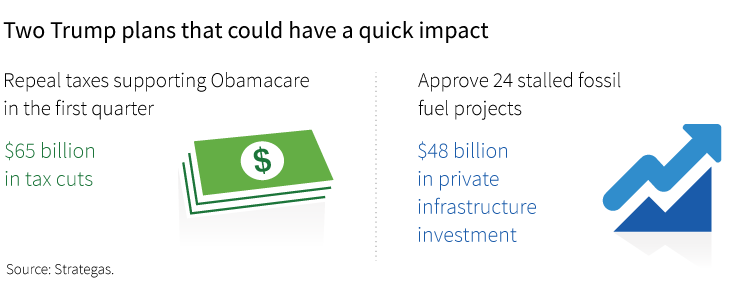The industry’s blogs are currently awash in two post types: the year in review (2016) and outlooks (for 2017). I reviewed a dozen (list here; PDF) 2017 outlooks posted over the last four weeks. No two posts are alike. The lack of any standardization in tone, length, and type of prediction is informative in its own right. For a time-strapped FA, I can clearly see why he/she may gravitate to same 2 – 3 firms known from years past.
Three interesting takeaways about outlooks:
- There’s nearly no overlap across firms. I expected to see significant topical commonality, such as 50%+ offering an end-of-year target for the S&P 500. Not the case.
- Two firms use “2017 Outlook” in the post’s title and offer no predictions. I think the typical reader sees that title and expects some amount of prognostication.
- Many firms do not provide clear predictions and include a tremendous volume of “may see” and “could occur” woven into the text. This may be compliance related for some firms, though others (e.g., AB, BlackRock) are comfortable with their investment professionals writing predictions.
Across the 12 firms, I counted 28 predictions (my threshold: need a definitive statement or graphic related to a 2017 prediction). The BlackRock post had the most (6) and the average was 2.3 predictions/post. In case you’re curious of some differences, here are four examples how firms provide predictions.
AB – Says it with a chart. (chart too large to include)
American Century – Casts winners and losers. “And the Potential Winners Are… Regional banks with commercial loan exposure could benefit from rising inflation expectations and a steeper yield curve.”
M & G – Makes it relative to a geography or asset class. “Brazil will not be the outperformer in 2017 as existing valuations are priced for a perfect execution of policy.”
TIAA – Uses Straight-talk and blunt languge. “The rise in the U.S. dollar pauses even if rates move higher.”








_d3.jpg?uuid=b2e1d42c-ff23-11e6-b39d-76c7e3a9ddf6)

